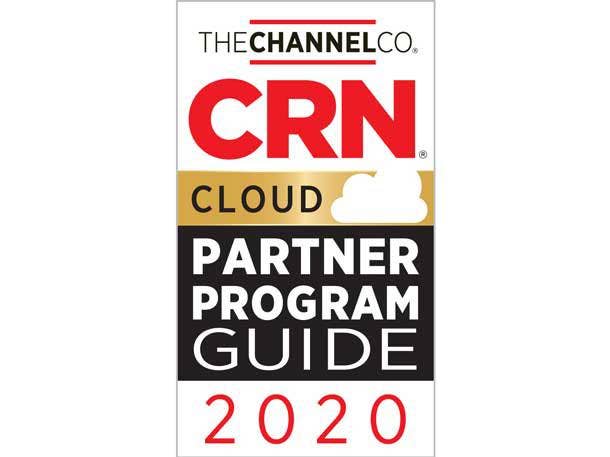2020 Cloud Partner Program Guide: Simplicity, Transparency Are Today’s Touchstones
The cloud has completely flipped the tradition partner model, with revamped programs from name-brand giants and novel ones from emerging startups aim to impose simplicity.

Partner programs were once rigid things, complicated to navigate and costly to participate in. But like so many other parts of the tech industry, the cloud has flipped that model on its head.
These days, revamped programs from name-brand giants and novel ones from emerging startups more often aim to impose simplicity.
Rather than bogging down partners in elaborate tiering structures, revenue attainment thresholds and stringent on-boarding mechanisms, modern channel organizations focus on helping those partners effectively deliver specific solutions geared to their technological and industry expertise.
[RELATED: High-Touch: 2020 Cloud Partner Program Guide]
Startups, like rapidly emerging hot storage vendor Wasabi Technologies, have the chance to implement such programs from the get-go.
“We are born-in-the-cloud, so we don’t have the legacy partner program to gum things up,” Laurie Mitchell, senior director of partner marketing at Wasabi, told CRN.
Boston-based Wasabi launched its business a few years ago selling direct, but quickly recognized the imperative of migrating the business to a channel model.
In many ways, the channel found Wasabi’s solution even before it introduced a formal program a year and a half ago, Mitchell said, propelling almost half the business today to stem from indirect sales.
With the goal of becoming entirely channel-led, the Wasabi Partner Network seeks to attract more resellers by offering a framework and portal that facilitates quick on-boarding and effective enablement, Mitchell said.
It’s better to be a support arm to the channel, she told CRN, than to set hurdles partners constantly need to surmount.
“We want to recruit and attain new partners and we want to give them what they need to be successful, not charge them for it, and make it super easy for them to access it, and then we grow the business together,” Mitchell said.
Ernest Jones has seen his share of legacy partner programs as a longtime channel executive at IBM and Oracle.
But earlier this year, when Jones took the helm of Red Hat’s North American channel as vice president of commercial partners and alliances, he knew the landscape had changed.
“All partners don’t fit the cookie cutter anymore,” Jones told CRN. “Now it’s become about those partners that have expertise in the solution area in the industries and the markets they know they’re going to focus on.”
Partner programs must recognize that ongoing shift among resellers, integrators, MSPs and even distributors toward specialization by supporting development of unique niches, he said.
“Partners will always gravitate toward those products that offer the best value and provide a solution to a business problem for their end user,” Jones said.
Raleigh, N.C.-based Red Hat’s Partner Connect program concentrates on helping members differentiate themselves by understanding where they need to play, how to deliver complex solutions in a hybrid environment and how to add value.
To that end, Red Hat has published about a dozen “value solutions plays” that work with partners to leverage their core capabilities and industry expertise in developing and implementing their own IP.
In the cloud era, channel program frameworks need to take on the characteristics of the technology they support, Bronwyn Hastings, senior vice president for worldwide channel sales at Fort Lauderdale, Fla.-based Citrix Systems, told CRN.
“The program itself has to have that agility of the cloud, and the capability to have things plug in as you transform and move along your timeline,” she told CRN.” “If you become too hardened in the program, it doesn’t give you that flexibility and agility as you move through that cycle.”
Partners primarily select technology vendors based on the business opportunity presented by their solutions—then they’ll look at the structure of a program like Citrix’s to ensure it serves the purpose of supporting that business decision, Hastings said.
One key channel innovation for the cloud era is transparency, Hastings said, something that had been lacking in legacy models. Today’s partners insist on full visibility into the program’s parameters, as well as bi-directional cooperation that ensures they can deliver value to customers value and a great experience.
As enterprises rapidly adopt cloud, partners are thinking about “putting the customer at the center and how does your program drive that,” Hastings said.